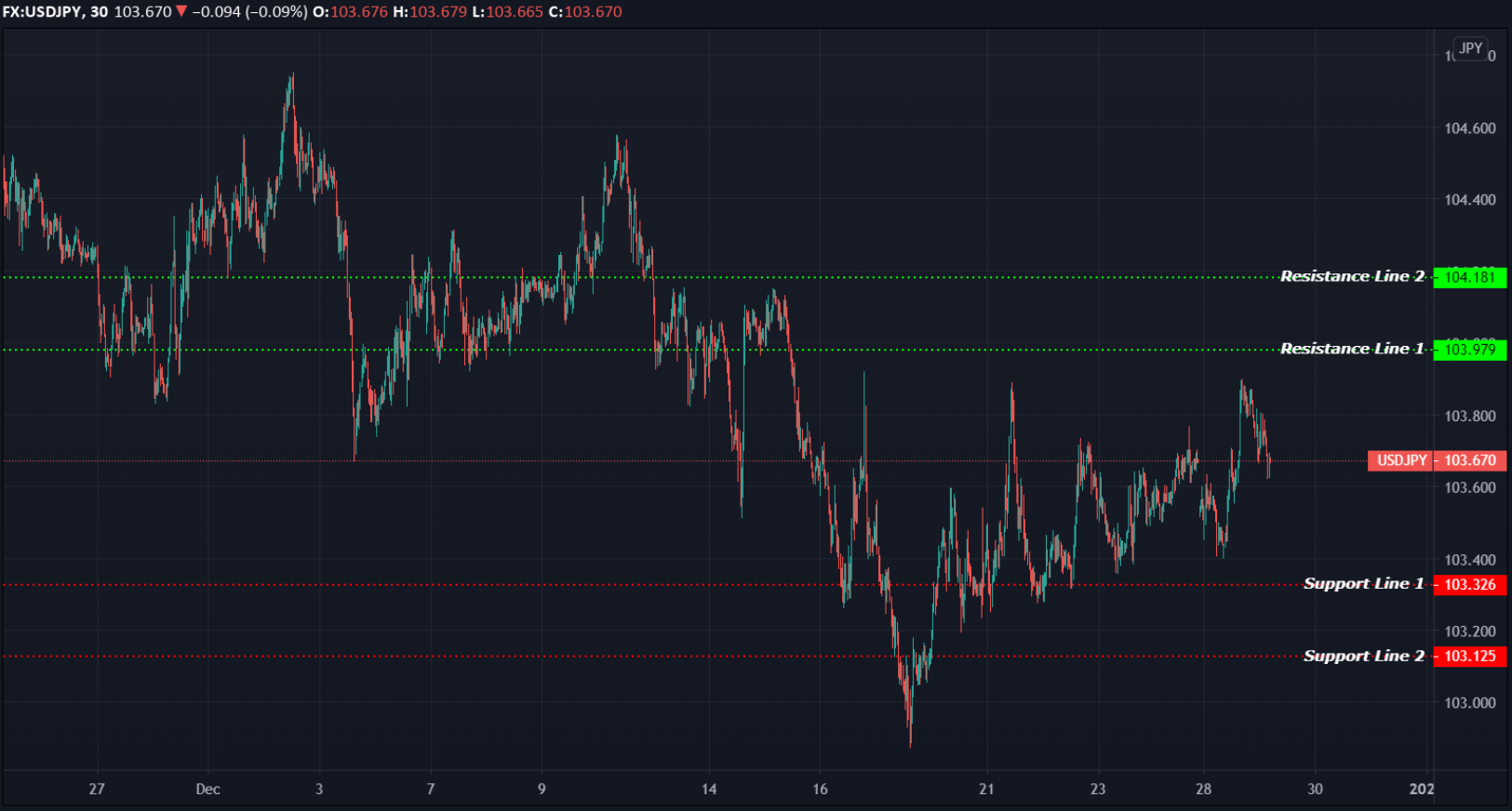EQUITIES
Stocks in Asia mostly higher on Tuesday. The Japanese Nikkei 225 added 1.58%, leading the Asian markets. The Singapore’s Straits Times index rose 0.25%, and the Australia’s S&P/ASX 200 at 0.42% higher, and the Hong Kong’s Hang Seng index gains 1.01%. Meanwhile, the Shanghai Composite slipped -0.33%, and the South Korea’s KOSPI down -0.29%.
Global markets were buoyed Monday after Trump approved the aid package. Wall Street's main indexes hit record high, as the S&P 500 rose 0.9% to finish its trading day at 3,735.36, while the Dow Jones Industrial Average gained 0.7% to close at 30,403.97, and the Nasdaq Composite closed 0.7% higher at 12,899.42. Germany’s DAX Index also rose to a record, while other European shares had their strongest close in 10 months.
OIL
Oil prices little changed as concerns weak demand and a potential increase in production dampened stimulus cheer. The Brent crude futures traded to $50.19 a barrel, while U.S. crude at $47.85.
On Monday, Brent closed at $50.86 per barrel, while WTI futures ended at $47.62 per barrel.
CURRENCIES
The dollar index weakened near a 2-1/2-year low against a basket of major currencies at 90.11, as firmer demand for riskier assets kept the U.S. dollar on the back foot.
The Australian dollar changed hands at $0.7599, having slipped from levels above $0.76 yesterday. The offshore yuan fell 0.3% to 6.5317 per dollar. The dollar slipped 0.16% against the Canadian dollar to $1.2848.
Bitcoin slipped 0.8% to $26,841, continuing its retreat from the all-time high of $28,377.94 set Sunday.
GOLD
A sluggish dollar bolstered gold prices, which rose 0.33% to $1,879.00 an ounce, while added to around $1,883.80 per ounce for gold futures. Previously closed at $1,872.90 and $1,880.40, respectively.
Silver trading at $26.27, platinum trading at $1,033.00 and palladium trading at $2,248.00.
ECONOMIC OUTLOOK
Asian shares looked set for modest gains on Tuesday, with Japanese stocks hitting a 30-year high, as hopes that a long-awaited U.S. pandemic relief package would be expanded, and a Brexit trade deal supported investor risk appetites. The ongoing rollout of coronavirus vaccines also buoyed sentiment.
After the signing of the $2.3 trillion pandemic bill by the President on Sunday, the U.S. House of Representatives had voted again to increase stimulus payments to qualified Americans to $2,000 from $600, now sending the measure on to the Senate for a vote. The Senate is due to convene on Tuesday.
Global oil demand will likely take another year or so to return to pre-pandemic levels, by late 2021 or early 2022 - IHS Markit.
The OPEC+ alliance is set to add another 500,000 bpd of output to the market from January, while Russia said the nation would support a further gradual increase in production in February. OPEC+ will meet next week to decide on production levels for February.
To date, number of confirmed worldwide cases for COVID-19 pandemic has surpassed 81.259 million affecting 213 countries and territories around the world and 2 international conveyances, recording more than 1.774 million fatality globally.
TECHNICAL OUTLOOK
[USDJPY]
Important Levels to Watch for Today:
- Resistance line of 103.979 and 104.181.
- Support line of 103.326 and 103.125.
Commentary/ Reason:
- The Japanese yen traded at 103.67 per dollar after weakening yesterday from around the 103.4 level against the greenback, down to a1-1/2-week low as a rally in U.S. stock indexes to new all-time highs undercut the safe-haven demand for the yen.
- The Japanese yen on Tuesday added 0.09% against the dollar as risk sentiment improved in the wake of Britain’s trade deal with the EU and U.S. President Trump’s decision to approve a new fiscal stimulus package.
- A positive factor for the yen also as the increase in Japan's 10-year JGB bond yield to a 3-week high of 0.025%, hence improved the yen's interest rate differentials.















